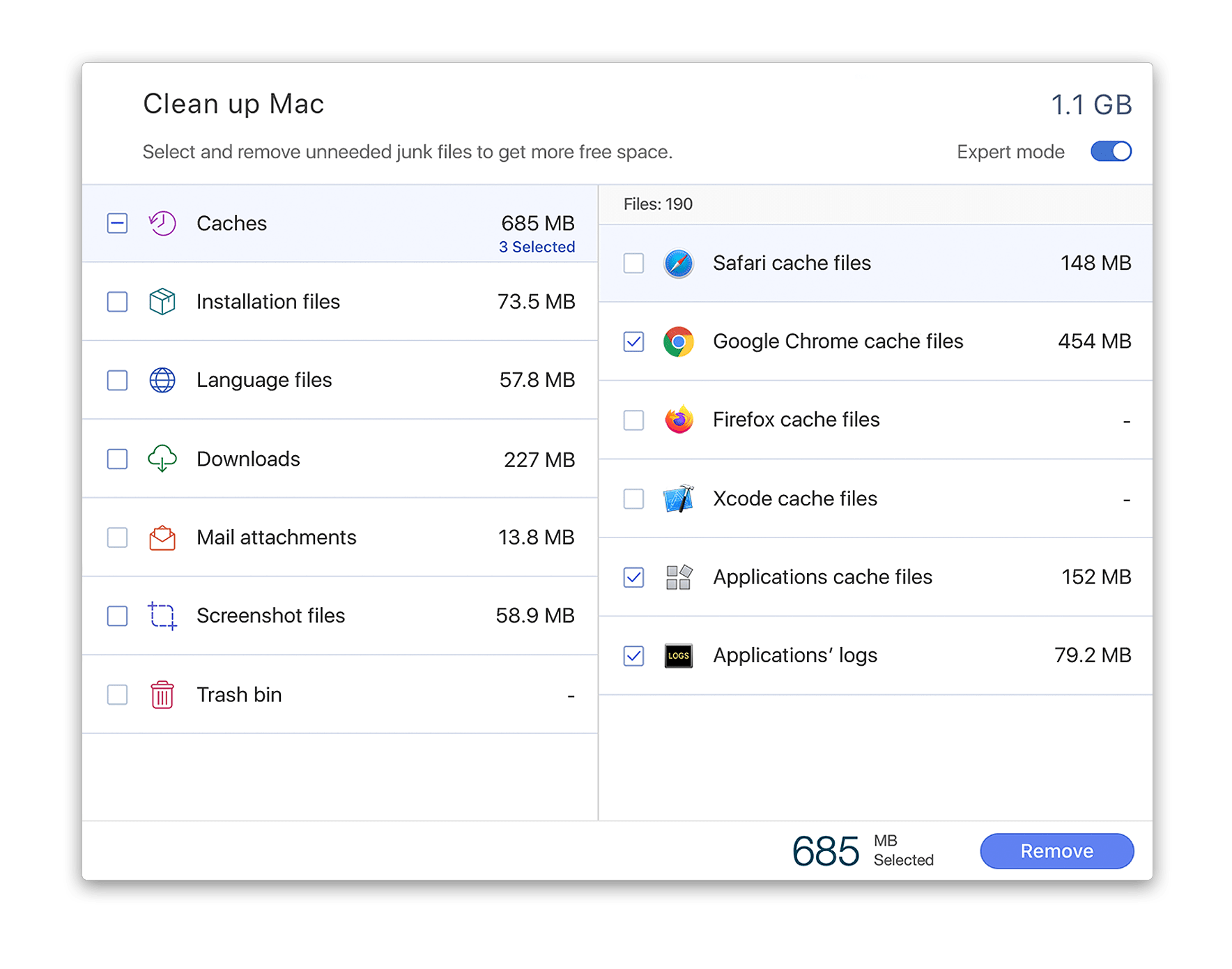
This How-To article offers a simpler alternative.

That’s not as hard as it sounds, but it’s a radical and fairly time-consuming solution. Even die-hard Apple fans will admit that Macs typically run new OS X versions better (faster, and with fewer bugs) if you start with a clean slate: completely wipe your hard drive, do a fresh install of the latest OS X release, and restore only the files you need. I’ve devoted several columns to hardware solutions - replacing old hard drives with fast new SSDs, adding more RAM, and increasing storage capacity using an external drive - but there are software solutions, too.

“My Mac used to be fast, but now it’s running so slow.” I’ve heard many versions of this complaint, and they’re always factually true, not just opinions: Macs do become sluggish over time, even if all of their chips and hard drives are working like new.


 0 kommentar(er)
0 kommentar(er)
